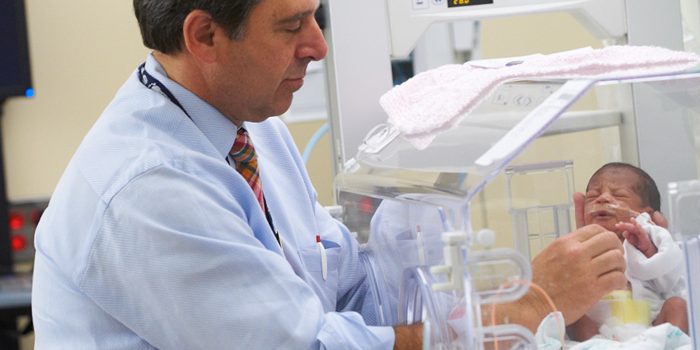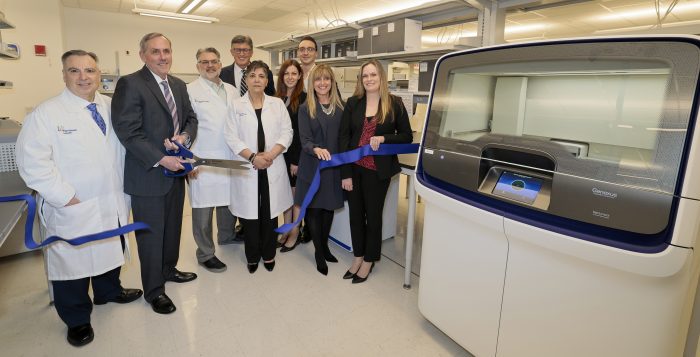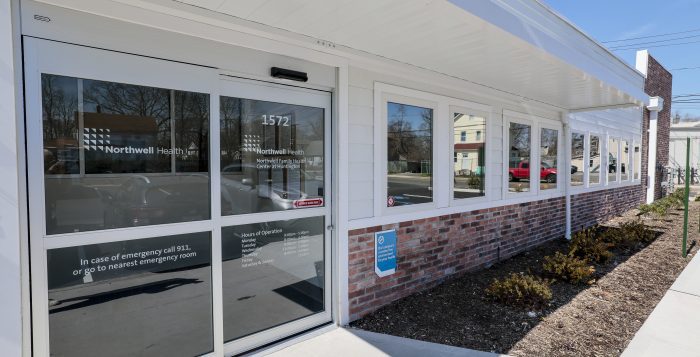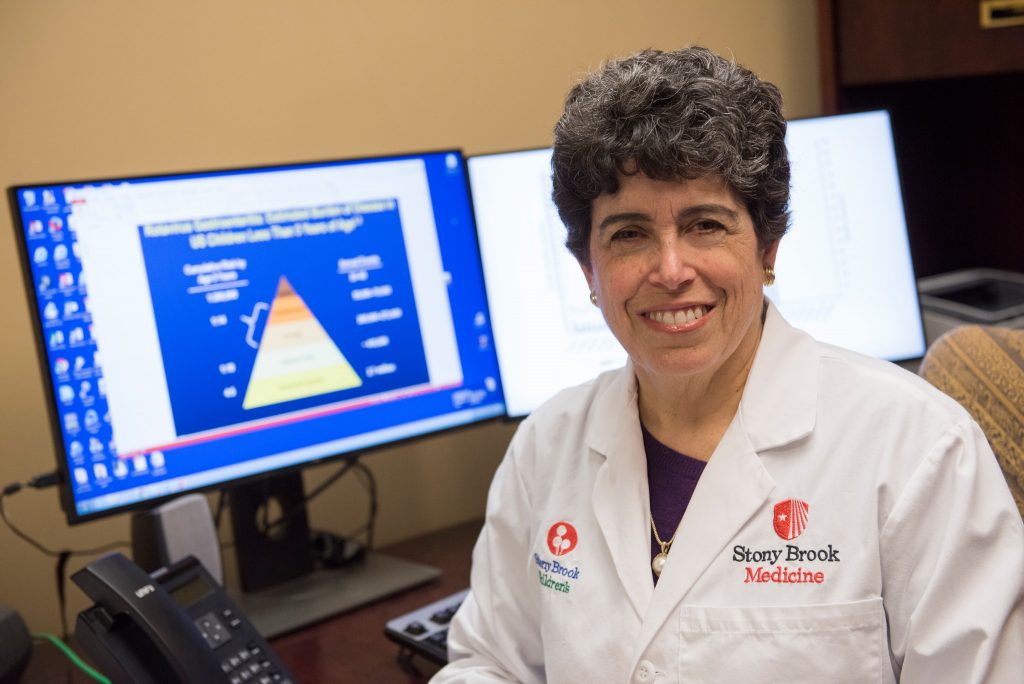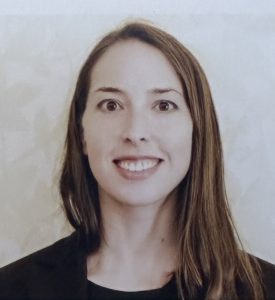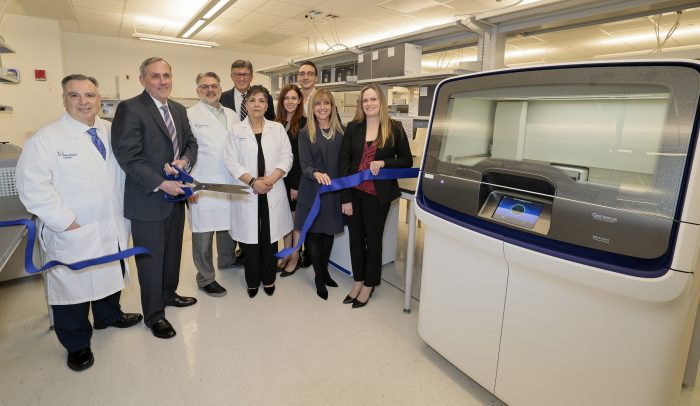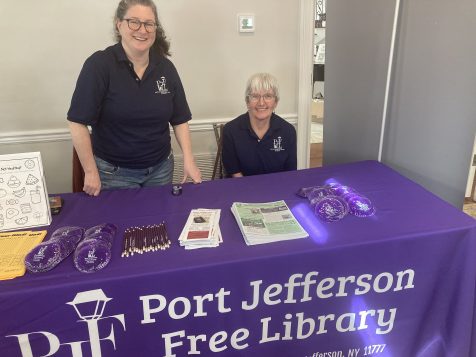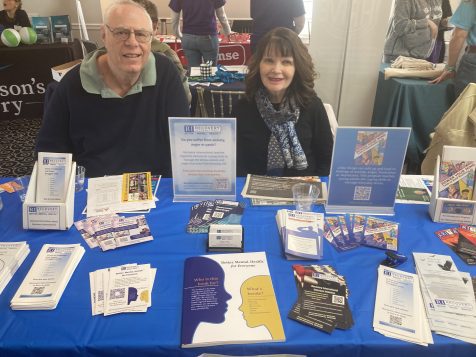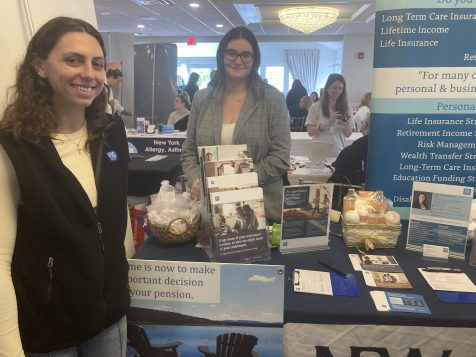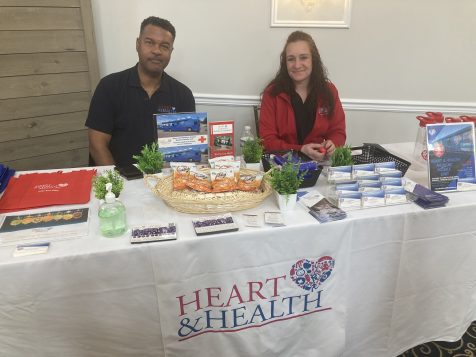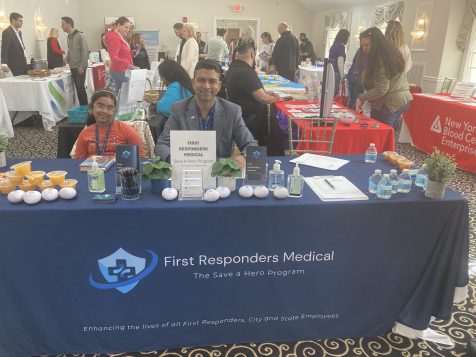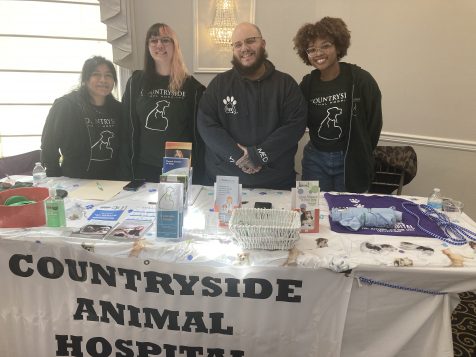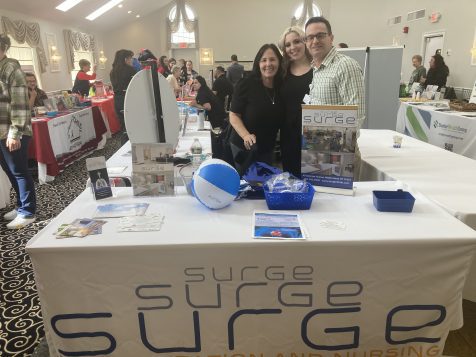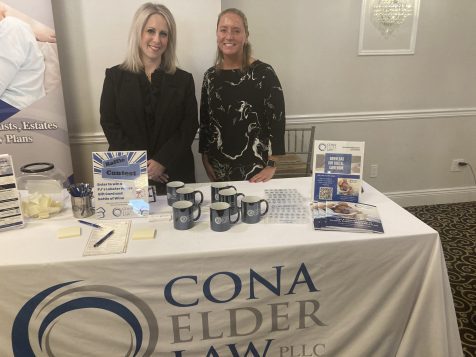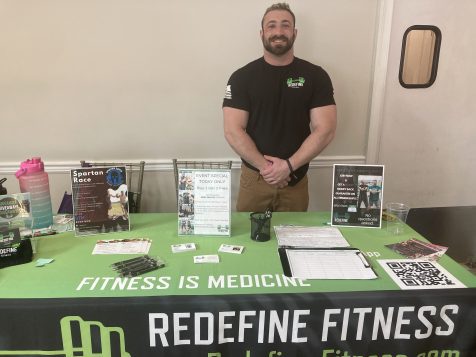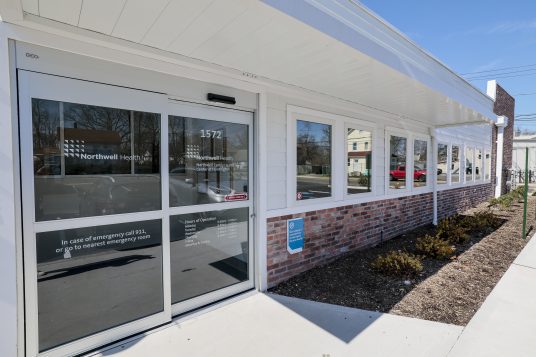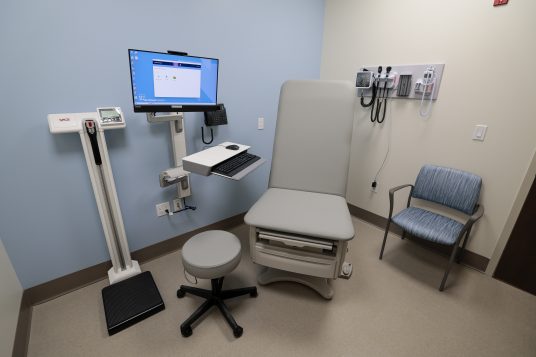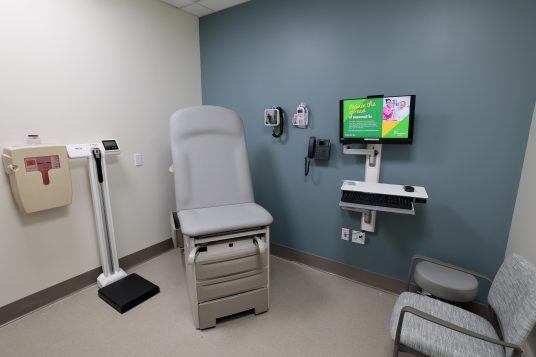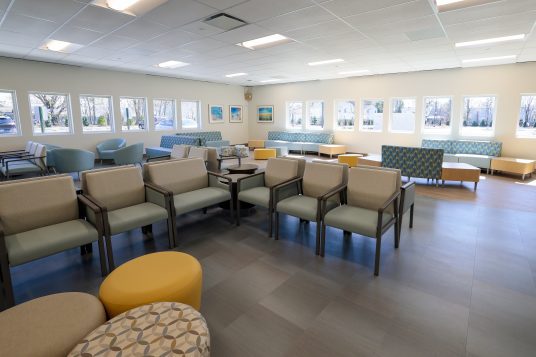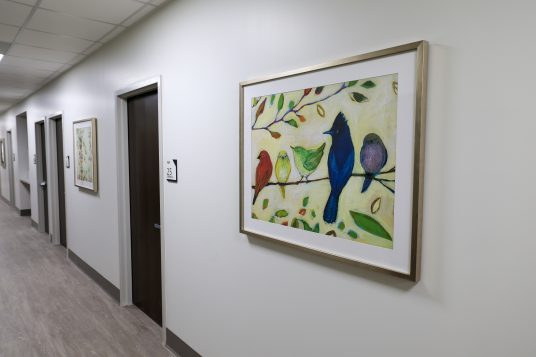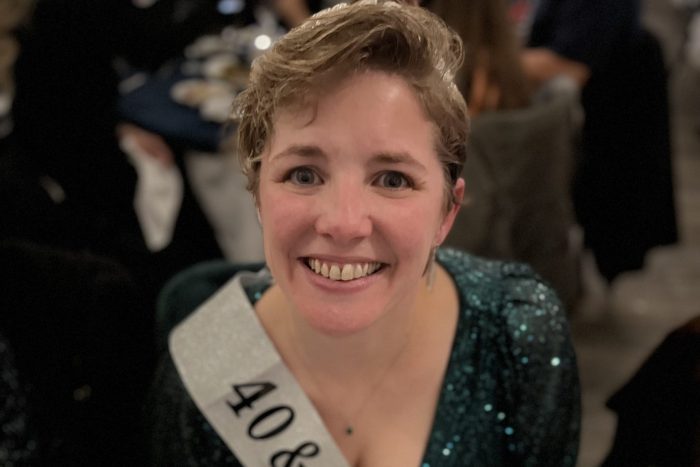Stony Brook Children’s Hospital infectious diseases expert urges vigilance
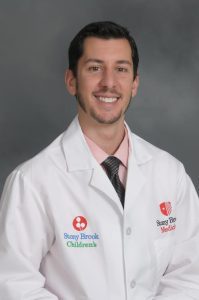
The Centers for Disease Control and Prevention’s (CDC) Tick Bite Data Tracker shows that emergency department visits for tick bites have increased in May.
Children have the highest incidence of Lyme disease in the United States. Specifically, the age group most at risk is children aged 5 to 9 years old. Children are particularly vulnerable to tick bites because they often play in areas where ticks are prevalent.
According to the CSC, early signs and symptoms for most tick-related illnesses include a rash, fever and chills general ill feeling, hacheade, joint pain, muscle pain and stiff neck. If left untreated, Lyme disease can lead to serious long-term complications, including heart problems, neurological issues, and chronic arthritis.
The CDC estimates that nearly 500,000 people will contract Lyme disease this year, from just a single tick bite. A newly published study in the Journal of Medical Entomology provides critical insights into the emergence of babesiosis in the Mid-Atlantic region. Babesiosis can be more severe than Lyme disease, and can become a life-threatening disease for the elderly.
“Ticks can spread disease. Not all ticks can cause disease and not all bites will make you sick. The vast majority of tick bites do not result in any infection or other disease,” said Dr. Andrew Handel, a pediatric infectious diseases expert at Stony Brook Children’s Hospital and physician at the Stony Brook Regional Tick-Borne Disease Center in Hampton Bays, the first and only dedicated tick clinic in the Northeast.
“However, as tick bites and tickborne diseases become more common, it’s important to learn how to prevent a tick bite, how to remove a tick and stay safe year-round. Increased tick activity as the weather warms also means increased risk of tickborne diseases such as Lyme disease, anaplasmosis, babesiosis, Powassan virus and Rocky Mountain Spotted Fever. Also, an odd phenomenon known as an ‘alpha-gal allergy’ may develop after a lone star tick bite, leading to an allergy to red meat,” he said.
Dr. Handel shares a multi-pronged strategy to stay tick-free:
■ Wear light-colored, long-sleeve shirts and pants to make ticks more identifiable.
■ Tuck your pants into your socks so the ticks don’t have access to your skin.
■ Use 20-30% DEET insect repellent.
■ Perform routine tick checks when coming from the outdoors or nightly tick checks.
■ Check unexpected and common places on your body for ticks. Ticks love to hide in the beltline, behind the ears, hairline, and in skin folds.
■ If outdoors for an extensive time, consider treating clothes with permethrin, which kills ticks on contact.
■ Put your clothes in the dryer for 10 minutes on high heat to kill any ticks.
Handel adds that anyone bitten by a tick should save the tick for identification.
“Do remove a tick if it is attached. The only safe method is to use a tweezer and firmly grasp the tick right at the base of the skin, where its head is burrowed. Then pull directly away from the skin, without twisting. Once off, place the tick in a sealed bag. Then you can bring it to your clinician to examine and see if they can identify it and know what symptoms may develop into possible infections. We often hear of people using petroleum jelly or matches to kill the tick while it is attached to the skin. This is not effective and may cause much more harm to the skin,” he said.
A tick typically needs to be attached for at least 36 hours before Lyme disease becomes a concern. In those cases, a medical provider may prescribe a single dose of doxycycline to prevent infection.
“If you are bitten by a tick, don’t panic,” Handel said. “The majority of tick bites do not lead to an infection and we have effective antibiotics for preventing or treating these infections.”
This article originally appeared in TBR News Media’s Focus on Health supplement on May 22, 2025.

